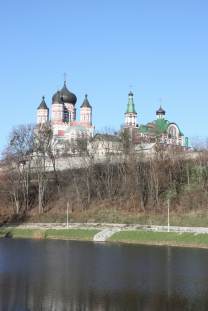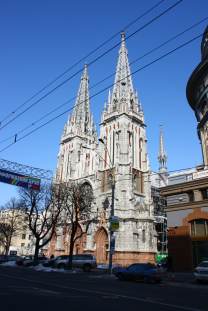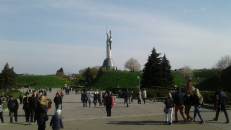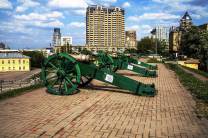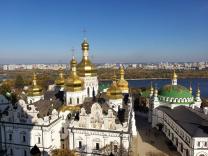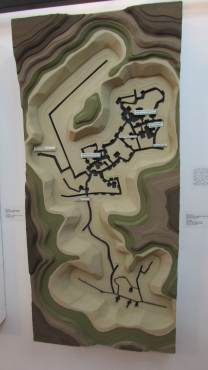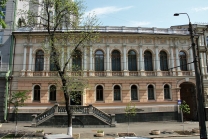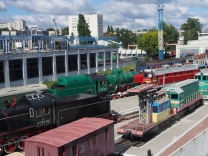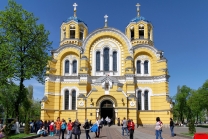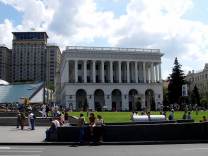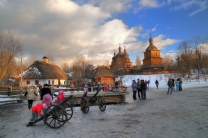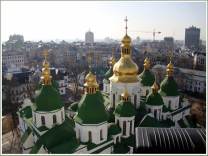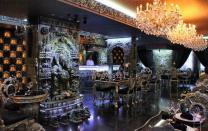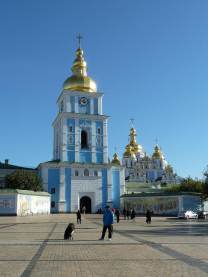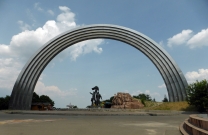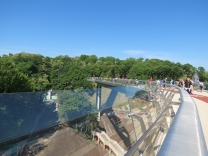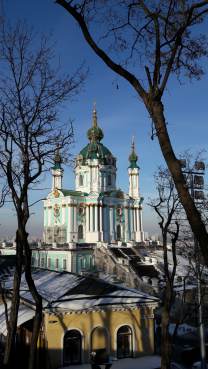
Pyrohiv
Coordinates: 50°21′16.34″N 30°30′44.03″E / 50.3545389°N 30.5122306°E / 50.3545389; 30.5122306
Open-air museum in Kiev, UkrainePyrohiv (Ukrainian: Пирогі́в), also known as Pirogov (Russian: Пирого́в), originally a village south of Kiev, is a neighborhood in the southern outskirts of the Ukrainian capital city. It is now home to an outdoor Museum of Folk Architecture and Life of Ukraine.
Although the origin of the toponym is uncertain, pyrohiv is genitive plural form of the Ukrainian word for pie.
Location
Archaeological evidence confirms that the territory of Pyrohiv has been settled at the times of the Bronze Age. Pyrohivka settlement was first mentioned in 1627, as a feudal domain of the Kievan Cave Monastery. The 1720 records mention the village of Pyrozhov. The territory was included within the Kiev administrative boundary in 1957.
Two modern streets now go along the historic road Pyrohiv way (Pyrohivs'kyi Shlyakh): the Stolychne Shose (Capital Motorway) and Novopyrohivska (New Pyrohiv) Street..
Museum
The territory of historic Pyrohiv now serves as the location of a 1.5-square-kilometre (370-acre) outdoor Museum of Folk Architecture and Life of Ukraine. Founded in 1969, the museum contains over 300 pieces of folk architecture brought here from all parts of Ukraine and carefully reassembled. The picturesque hill with several windmills is the museum centrepiece and the entire territory of the museum is divided into sectors, each representing the folk architecture and life of a specific Ukrainian region. The oldest church, situated in Pyrohiv, is Naddnipryanska, it is built in 1742. In the museum you can also find more than 40 000 items of household and traditional culture such as costumes, old textiles, embroidery, carpets, ceramics, metal handicrafts, woodwork and glass-ware as well as musical instruments, paintings and houseware.
Commoner's homes, buildings of small trade, commerce and local administration, and old wooden village churches contain authentic items that represent the everyday lifestyle of Ukrainian villagers and townsfolk. Local volunteers...









